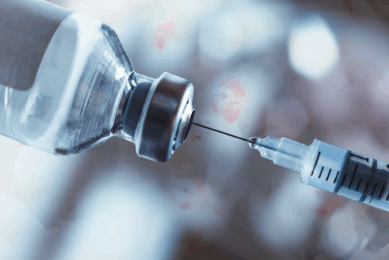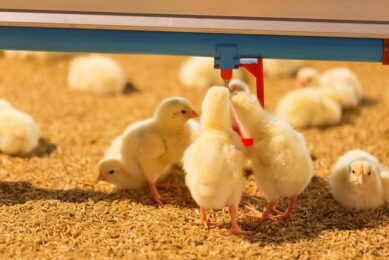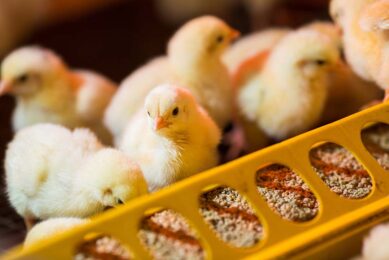Tackling AMR in livestock: Global and local view
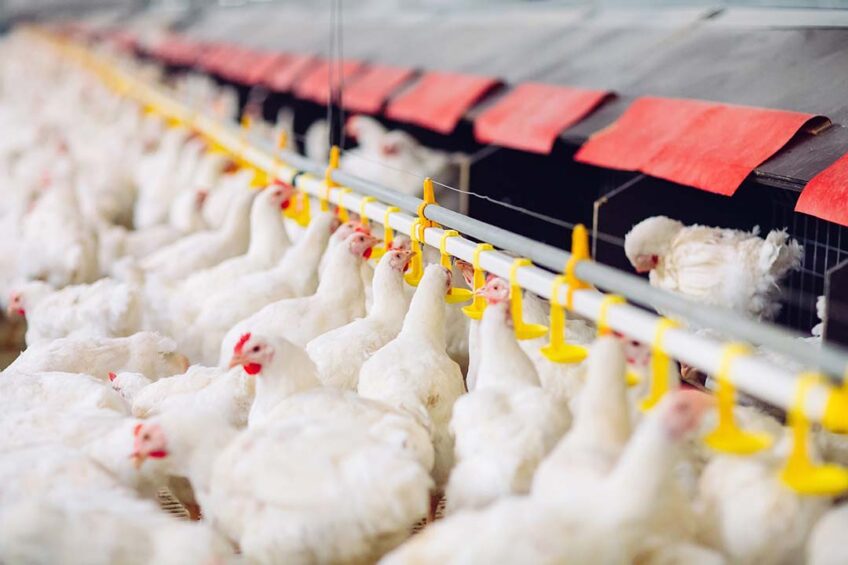
Prudent antimicrobial use along with alternative disease prevention methods such as farm management, feed additives, biosecurity, and vaccination can help maintain animal health and performance without the need for antibiotics.
Antimicrobial resistance (AMR) is a global threat to our health as well as the health of our animals, and the main driver of AMR is antimicrobial use. The reduction of antimicrobial use enables the possibility for antimicrobials to keep their effectiveness in the future.
Poultry production
The US, Brazil, Europe, and China together produce over 60% of poultry meat. Surveillance of antimicrobial consumption is well established in the US and some European countries. Data from the registration perspective on approved antimicrobials is available in all large meat producing countries. Resulted evaluation of data shows that third generation cephalosporins can be used in the US and Brazil; glycopeptides are not approved for use in poultry production in any of the regions and macrolides and ketolides can be used everywhere. Polymyxins can be used everywhere except China and quinolones can be used everywhere except the US.
The global AMR picture
The monitoring of antimicrobial resistance is not established in China and Brazil but an overview of available data from scientific publications in the last 20 years provides a clear picture on the resistance level. Evaluation of data including scientific publications as well as monitoring on resistance of E. coli to fluoroquinolones demonstrates that non-use of fluoroquinolones in the US led to resistance level below 5%, while it is above 50% in most countries where they are approved for use.
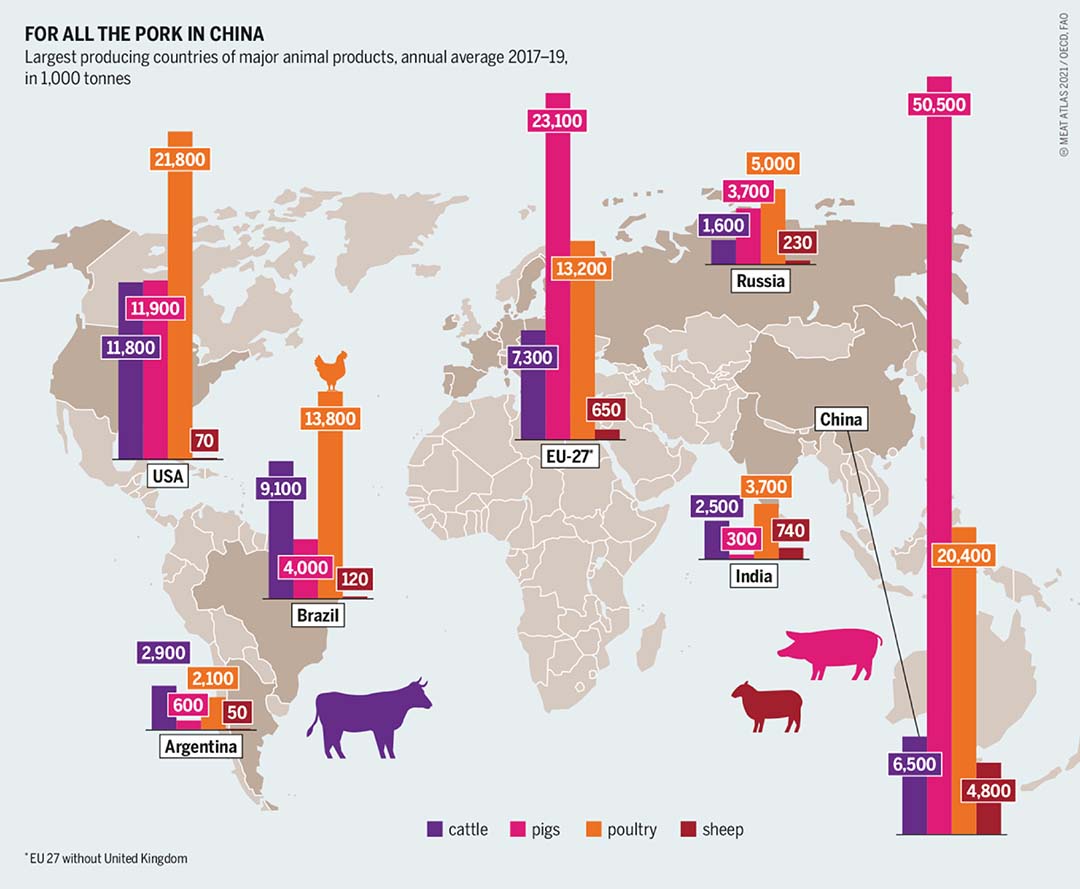
Recent success
The surveillance of antimicrobial consumption and resistance in many countries demonstrates the success of animal farming in reducing antimicrobial use (Figure 1). Providing sales data of antimicrobials in 25 European countries demonstrates an overall reduction of 47% between 2011 and 2021. From 2016 to 2020, the intensity of antibiotic use in chickens in the U.S fell by 49%. Consequently, monitoring data on antimicrobial resistance demonstrates the reduction in the prevalence of resistant bacteria in Europe as well as the U.S (Table 1). This success shows the possibility of reducing antimicrobial consumption in other countries and maintaining the performance of antibiotics globally.
Tackling AMR
One possibility is the regulatory restrictive use or ban of some antimicrobials on national level, which leads to reduced use of antimicrobials. Another possibility is voluntary reduction due to communication, education, and consumer demands. This reduction happens on the local level of the individual farm, where the change of antimicrobial use is essential to observe the change in the national or global level. In our communication with farmers, we have observed that the first step to the voluntary reduction of antimicrobials on the farm is self-awareness on the use as well as resistance prevalence in animals. For that purpose, we have conducted a survey with 75 poultry and swine farms, which confirmed this above-mentioned gap between antimicrobial use data and perception of use as well as resistance. Investigation of the use and resistance helped firstly to understand the situation of the farm and secondly to improve it. Today we continue our investigations globally using advanced sequencing technologies, which enable microbiome screening for antibiotic-resistant microorganisms and genes in just days.
Solutions
It is widely understood that antimicrobials are a necessary tool in veterinary medicine to treat sick animals. Antibiotics are precious molecules, whose effectiveness must be reserved for medical treatment by prudent and dedicated use. For this reason, all other possibilities to prevent animals from diseases and performance losses must be exhausted, such as farm management, feed additives biosecurity, and vaccination. Feed additives are considered as enablers of AGP-free feeding systems.
Probiotics, prebiotics, digestive enzymes, acids, phytogenic, and other solutions are used to prevent animals from digestive tract disorders and to close the performance gap. This performance gap was observed in the early days of AGP-free animal farming when antibiotic growth promoters were removed from animal diets without substitution. This led to reduced growth performance, increased mortality, and compromised feed conversion rate. However, today’s AGP-free feeding systems build rather on replacement with feed additives, which are known to close the performance gap and even outperform AGPs. Most of the solutions have the potential to perform on the same level or even better than antibiotic growth promoters. Furthermore, data-based early warning systems such as Verax provide producers with valuable insights into potential animal health and nutrition issues that can be addressed in a preventive, profitable way.
It is important to understand the global problem of AMR and act locally with targeted solutions that support farmers in raising healthy animals.



